The Major Active Ingredients Developed By L'Oréal Research
To create new highly effective active ingredients, one of the strengths of their innovation strategy, L’Oréal's researchers use synthetic chemistry and biotechnologies. One of the strengths of L'Oréal Research lies in the ability of the teams to create new highly effective active ingredients in the service of beauty.
Protected for several decades by a dynamic policy of patents, these active ingredients, owned by the group, constitute a precious asset and play an essential role in the innovation strategy. They are derived from two main lines of approach. First approach: synthetic chemistry synthetic chemistry gentle, environmentally friendly, the historic platform for the group's expertise. Second approach: biotechnologies, in which L'Oréal has elected to invest since the late 1980s and that can focus on marine, bacterial or botanical origins.
DEDIFFERENTIATED ROSE CELLS − 2012
Botanical biotechnologies represent an extraordinary source of innovation for beauty, as a source of original active ingredients. One of the remarkable characteristics of plants is their capacity to regenerate after various types of aggressions, for example pruning roses in the fall. This capacity is related to the existence of stem cells in the leaves, roots, and buds. Since 1995, L'Oréal has had a biotechnology unit in Tours based on cultures of pant cells. From the stem cell cultures of a unique species of Delbard rose, the L'Oréal teams managed to obtain an extract that acts on skin regeneration: tests show an increase in the thickness of the epidermis, the secretion of growth factors and a regeneration of tissues.
STEMOXYDINE – 2012

Many women and men have the impression that they have "less hair", an impression that is less the result of true hair loss than a diminished density of the hair. The culprits? The stem cells and hair follicles that L'Oréal discovered in 2001 and that no longer completely fulfill their natural role of regeneration. To promote this process, L’Oréal's researchers have developed Stemoxydine, an active ingredient that imitates the optimal environment of stem cells in hair follicles, revitalizing hair that has become dormant. Formulated in a hair treatment, Neogenic by Vichy, this active ingredient has clinically proven its capacity to increase hair density (number of visible hairs) in 3 months.
LR 2412 − 2011
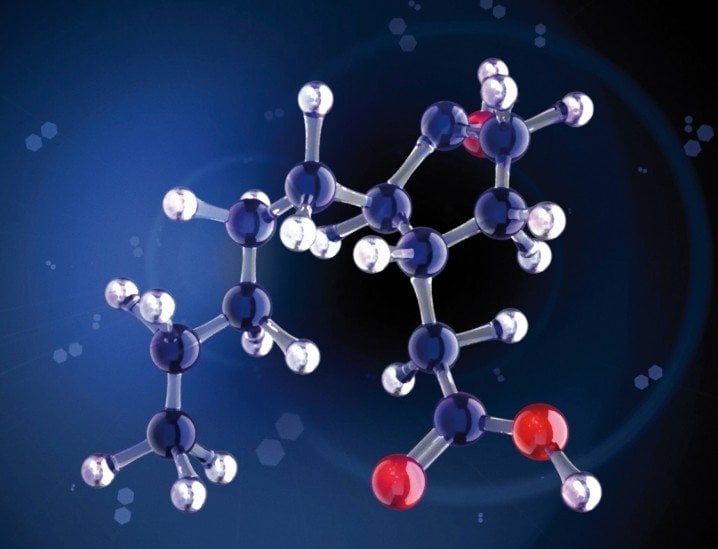
Inspired by the process of scar tissue regeneration in plants, LR 2412 is one of the latest developments by L’Oréal Research. The mission of this jasmonic acid derivate? To prevent and repair age-related skin disorders. Its benefits? Exceptional biodistribution that enables it to infiltrate all levels of the skin. As it diffuses, it continuously triggers a series of reactions that give it remarkable properties: regenerative powers that act on the epidermis, its capacity to strengthen the structure of the skin and improve its elasticity. Its action corrects the whole range of signs of aging: irregular microrelief, fine lines, reduced flexibility, dryness. Presented for the first time in 2011 at the World Congress of Dermatology WCD in Seoul, it was integrated the same year into the Visionnaire skin treatment by Lancôme.
PROBIOTIC ST 11 − 2010
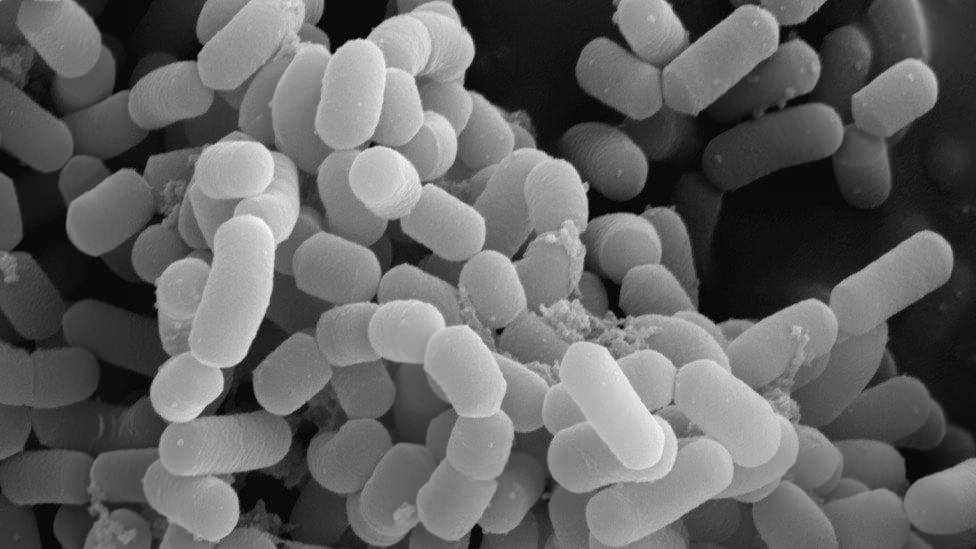
Acting against dandruff, but from the inside: this is the challenge that researchers at L’Oréal and Nestlé have successfully overcome. They managed to isolate a probiotic, the Lactobacillius paracasei ST11, which is capable of significantly reducing dandruff and related symptoms (itching, rash...), by stimulating the scalp's function of acting as a barrier. ST11 is now offered by the Innéov brand, in the form of a nutritional supplement for cosmetic purposes, under the name of Santé capillaire DS™. Its effectiveness has been proven in a clinical study carried out over 90 days.
SOL-GEL CHEMISTRY : INTRA-CYLANE & FILLOXANE - 2010
Intra-Cylane® & Filloxane® are exceptional molecules. They are capable of penetrating to the core of hair fiber to create a flexible and resistant molecular network that fills out and strengthens the fiber. To design them, the researchers were inspired by a chemical process called sol-gel. Used particularly in the glass industry, it consists of modifying certain materials to transform them from a solution state to a solid gel state. At present, we find Intra-Cylane® and Filloxane® in hair care products and routines for thin, dull, damaged, low density hair in different brands Kérastase, L'Oréal Professional, L’Oréal Paris, Vichy, Garnier and Matrix (US).
PRO-XYLANE® − 2006
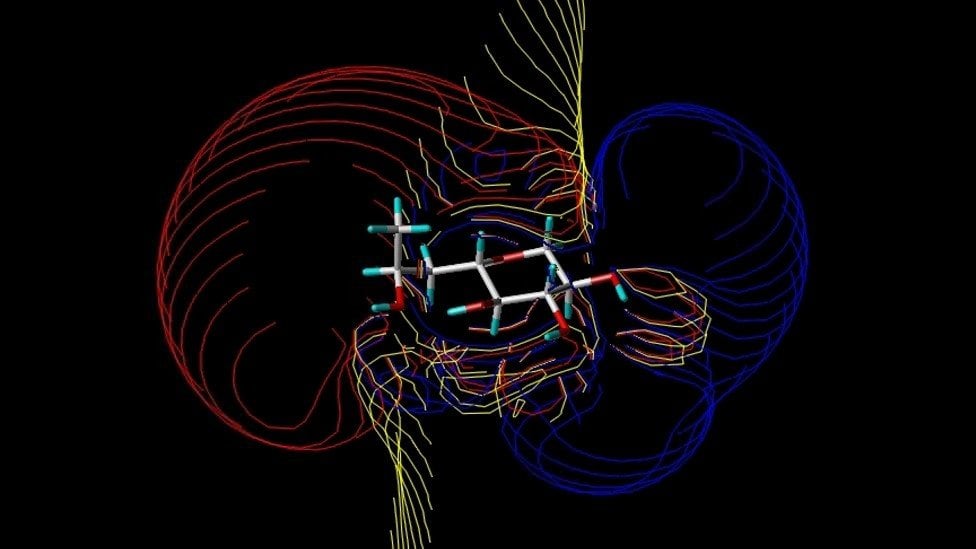
To reshape the architecture of skin tissue, which is altered by aging, the researchers focused all their efforts on finding molecules capable of stimulating the synthesis of mucopolysaccharides (MPSs), a priority target in the anti-aging line. The result was Proxylane®, obtained from xylose, present in beech wood, a very common tree in Western Europe. It triggers and stimulates the synthesis of mucopolysaccharides in the dermis and epidermis, with proven results on the elasticity and the tonicity of the skin (Absolue ßx by Lancôme and Novadiol by Vichy).
Over the years, Advanced Research has continued to accumulate evidence of the biological efficacy of this active ingredient. Proxylane has been formulated in Substiane by La Roche-Posay and Age Interruptor by Skinceuticals, and in 2012, in L'Oréal's Paris Revitalift Laser X3, with very different claims for results (on very mature skin with results equivalent to anti-aging laser treatments).
THERMAL PLANKTON – 1994
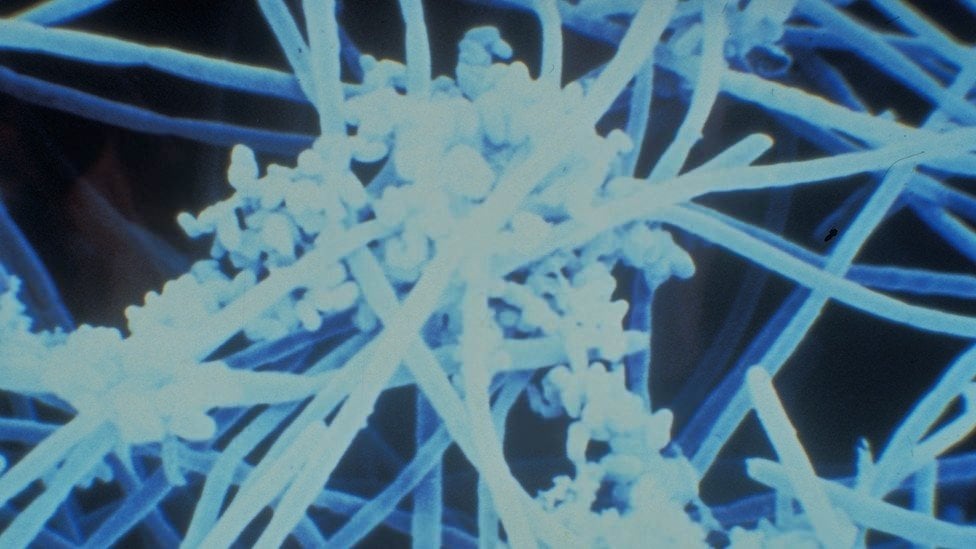
When L'Oréal acquired Biotherm in 1970, researchers discovered and isolated an ingredient in natural spring water that has unique benefits for the skin: thermal plankton, a micro-organism that has been present in spring water for three billion years. While most active ingredients used in cosmetics act on just one target, the plankton extract acts as a veritable "cellular collaborator", interacting with the main families of cells: keratinocytes, Langerhans cells, fibroblasts. It is one of the only active ingredients to possess such a wide spectrum of biological properties: it detoxifies the skin, acts on its quality and tonicity and slows down the aging process. It is this unique "skin benefit" that L'Oréal's researchers have been able to develop.
CERAMIDE R® – 1995

Your long text hereIt took ten years of scientific work to arrive at Ceramide R®. Ceramides In a way, this family of lipids fulfills the role of "cellular cement" between the hair scales. The researchers decided to create a multi-purpose response, to strengthen the capillary fiber, protect and smooth the hair shaft. Today, the applications of this molecule are many, in haircare but also in makeup for lashes, nails and skincare. Making its first appearance in 1995 in an Elsève shampoo by L'Oréal Paris, it is also found in Nutriforce by Lancôme, a treatment for dry skin which promotes the restructuring and cohesion of the keratinous layer of the skin.
IONENE G® − 1978
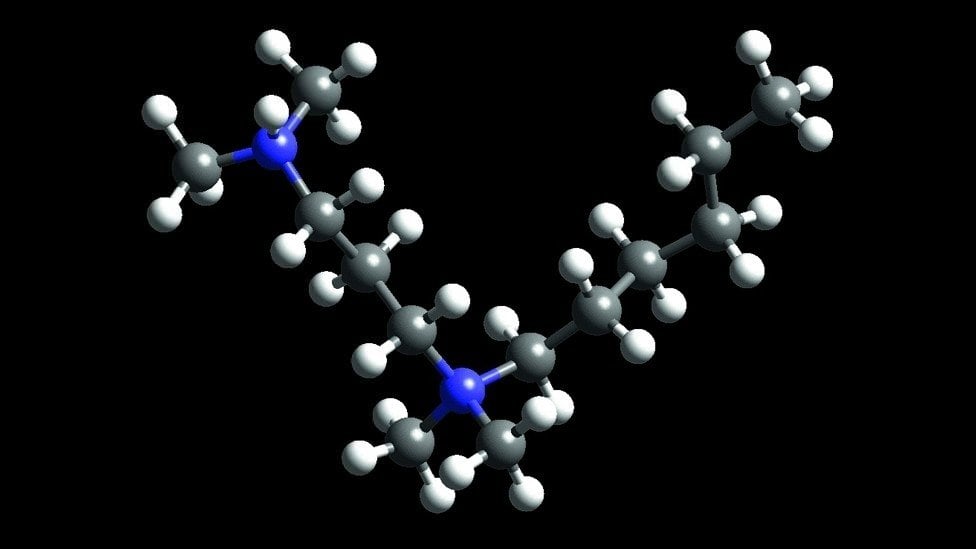
Your long text hereIn the 1970s, while looking for the ideal ingredient to avoid damaging hair with permanents and coloring, the L'Oréal teams synthesized dozens of polymers, these macro-molecules that circle repeatedly in the same pattern. Among the 200 candidates, Ionene G was the one selected for its exceptional qualities. Applied on damaged hair, it repairs and smooths the hair fiber. From the early 1980s, it made its appearance in the Crescendo and Majirel color products and in the Dulcia permanents.
MEXORYL® − 1993
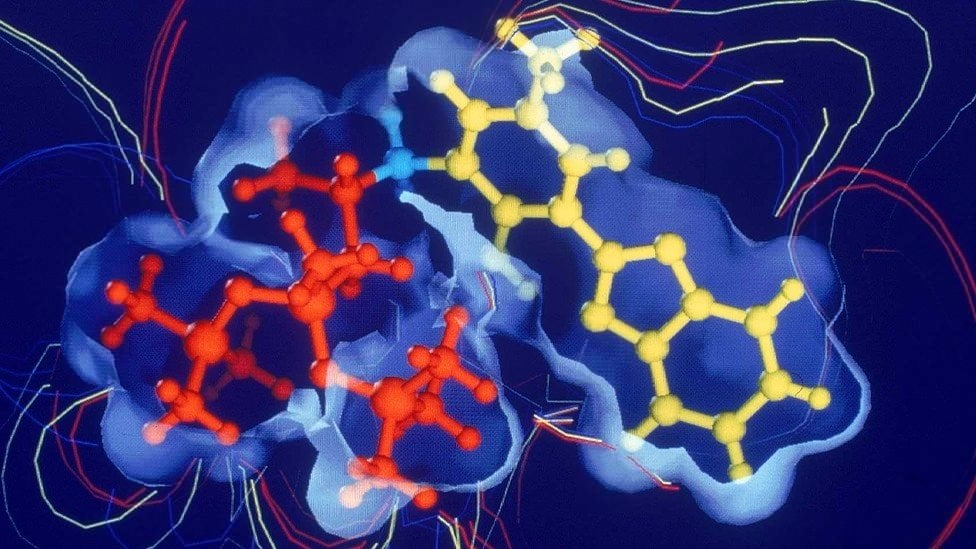
Sun protection has always been a strategic line in L'Oréal's Research. A veritable breakthrough innovation in the1980s, Mexoryl SX offers optimal protection against UVA rays for which the harmful effects were being discovered. Photostable, it integrates into the aqueous composition of sun products and enables L'Oréal to create highly effective filtration systems. Several years later, a second filter was patented, Mexoryl XL. Complementary to Mexoryl SX, it provides balanced UVA and UVB protection and integrates into the oily composition of sun products. Currently formulated in combination, these two Mexoryl filters make it possible to launch a line of sun products on the market that offers the widest and most balanced protection against UVA and UVB rays.